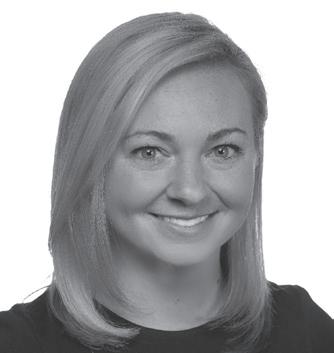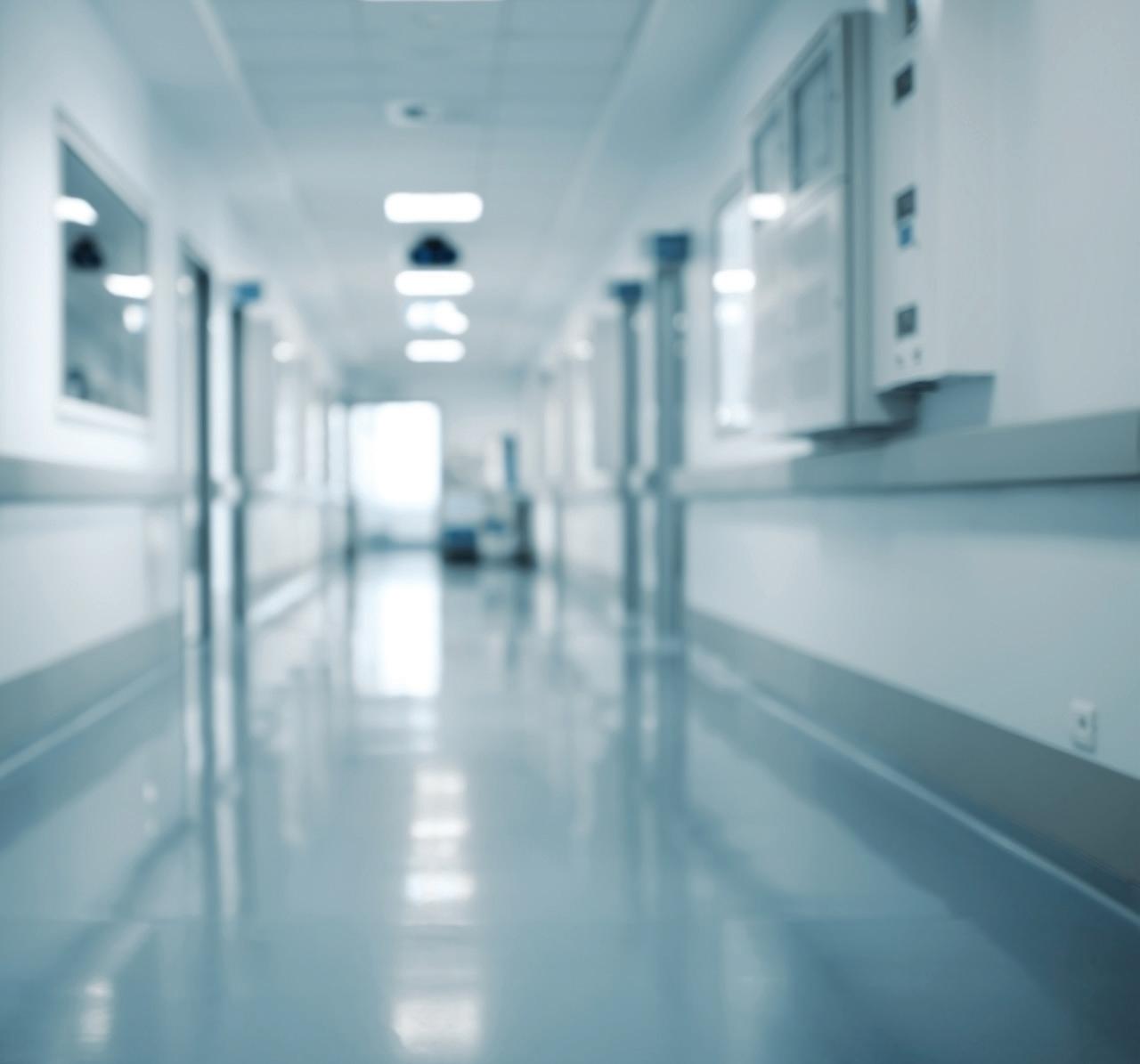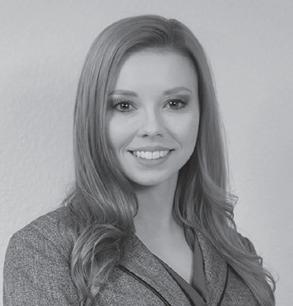
5 minute read
Reports from the field: COVID-19 presents new challenges and alters career directions
Reports from the field:
- REESE RICHARDSON ’19
The model also allows researchers to test the effect of various interventions, such as increasing testing capacity or decreasing wait times for results. Researchers have also been examining geographic and demographic inequities in access to testing across the state.
Richardson knows first hand the frustrations posed by the unpredictable virus. “Even now, in what feels like a later stage of the pandemic, our knowledge about the virus’ biology, how it affects different people and how it spreads, is still fairly limited. In modeling, we have to make assumptions that may later prove inaccurate. In data analysis, we often work with incomplete data and the work can often be somewhat emotionally difficult. It is not pleasant to bear witness to how quickly this virus can tear through communities.”
This unexpected assignment may affect Richardson’s future research interests. “I do really enjoy and am excited by this work, so it could ultimately reshape what I focus on in my thesis project.” Cassandra Shaker ’13 found her role as a planner in public health shift from handling health assessment and health improvement plans to distributing public information with the onset of the pandemic. She’s now serving as the public information officer for Isanti County, located north of the Twin Cities in Minnesota.
“I help to distribute preparedness tips, COVID-19 data, and safety messages to the community,” said Shaker, who majored in biology and psychology at North Central. “We’ve worked with the local newspapers and radio stations to get the word out and shared information through social media.”
She added that she has applied Federal Emergency Management Agency Incident Command System trainings to “real life.”
Shaker helped start a community safety support team to help businesses reopen. “I also began publishing the number of new cases, total cases, age
range of cases, and the percentage recovered in the county each week. It makes the data from the state department of health more manageable for the public.”
Shaker became interested in public health after graduation while working as an AmeriCorps VISTA at Wild Rivers Habitat for Humanity in Wisconsin. There she witnessed the health consequences of substandard housing and she went on to earn a master’s degree in public health from the University of Minnesota-Twin Cities in 2017.
- JANE MCCULLOUGH ’15, PHARM.D.

Jane McCullough ’15, Pharm. D., has been challenged to quickly develop expertise on medication options for patients with COVID-19 as a clinical pharmacist. She majored in biochemistry at North Central.
“Practicing pharmacy during a pandemic has been a challenging learning experience,” she said. “One interesting aspect has been answering medicationrelated questions from physicians regarding the use of investigational drugs (undergoing clinical trials) for COVID-19. Other questions pharmacists are frequently asked are related to supportive care medications (to lessen the symptoms) for COVID-19 patients.” McCullough was completing her pharmacy practice residency at the University of Illinois at Chicago College of Pharmacy when the pandemic began. Soon after, there were shortages of certain drugs. “We determined the best options and helped to educate providers on appropriate dosing and administrations of medications used infrequently. It challenged us to manage medication shortages while still providing safe and effective care, especially on short notice.”
Allison Beckham ’09 Davila, M.D., now a cardiothoracic surgery fellow at the University of Pittsburgh Medical Center, was completing her general surgery residency at Loma Linda University (Calif.) Medical Center when she first experienced the pandemic as a physician. A biology major at North Central, she attended Feinberg School of Medicine at Northwestern University. Here she shares a personal account about working on the front lines of health care:


I walked through the hospital, empty and quiet, staff masked and keeping to themselves. It feels like 1 a.m. during a surgical ICU overnight call shift, when visiting hours are over and only essential personnel roam the halls. Except actually the sun is out, and everyone is essential. We are essential.
As the world around us came to grips with a new deadly disease, movie theaters and restaurants closed, sporting events and concerts cancelled, nothing on the surface seemingly changed for me. I went to work, day after day, as if a pandemic was not ravaging the very health care system I worked in. And I waited and waited for my hospital’s turn for the surge. Preparations began with regulations and procedures being discussed and implemented, visitors quietly banned, masks at every entrance, temperature checks daily. Quickly this became a new normal, streamlined and effortless; I was used to wearing a mask in surgery; now I just never took it off.
But a deeper current was present in those halls, quiet and foreboding, absent the smiling faces of coworkers: fear. I have been a physician for the greater part of a decade, and despite an incredible amount of training, biology, physiology, anatomy, virology, no one ever really thought to train a physician for this. What is going to work, to save and to heal, cost you your own life? Many professions train for these possibilities—soldiers, police, firefighters—but physicians never address the risk of their own job-related mortality, despite addressing the mortality of their patients every day. Suddenly, I wondered if the years I spent in training, all the sleepless nights on call, the moments I missed with family and friends—would it all be wasted over an invisible smattering of proteins and RNA that we did not have a defense against?
And just as rumors swirled through the internet and social media, so did physicians try any remedy they could imagine. There were homemade masks and shields, isolating plastic bubbles for ventilators, construction goggles and respirators. Slowly, data and studies began to paint a picture of what we were dealing with, but all the while uncertainty dominated, and I just hoped for the best every day I walked into those halls.
In the end, physicians have felt what most others deemed essential have felt. We cannot
stop our jobs because the fate of others is at stake, and even further, an oath we swore to
uphold. But there are many questions about the risks we take, and if enough is being done to prevent the loss of life. Because in our case, the loss of one life is the loss of a life that could save countless others in the future.”
D i v e r s i t y , e q u i t y a n d i n c l u s i o n :
CAMPUS EFFORTS ADDRESS NEED FOR CONTINUAL CHANGE
The incidents of violence and racial tension in recent months have touched our nation, our hometowns—and North Central College. These powerful events, played out across the country, have resonated with members of our campus community. The responses on campus have been profound and transforming.







